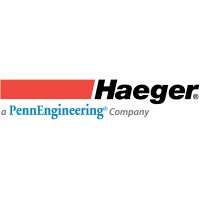
dYnalec SCOP SA
Dynalec SCOP SA est une Société Coopérative et Participative à forme anonyme et capital variable, Elle est spécialisée dans l’ingénierie électrotechnique au service des besoins des Thermodynamiciens (eux mêmes Spécialistes de la production de Chaud, Froid et de la Climatisation) Elle maitrise les compétence de conception, d'études, de fabrication, de programmation, d'essais et de mise en service d'armoires électriques de contrôle/commande et puissance pour les process industriels Thermodynamiques (Chaudières, Centrale Froid, Chambres Froides, Climatiseurs, Pompes à Chaleur...) Elle intervient aussi dans la conception, la réalisation et la mise en service de systèmes de Supervision, de Télégestion et d'Automatisme (GTB/GTC) Elle est Centre Technique de Référence pour des Marques de Fabricants de renommées mondiales.






